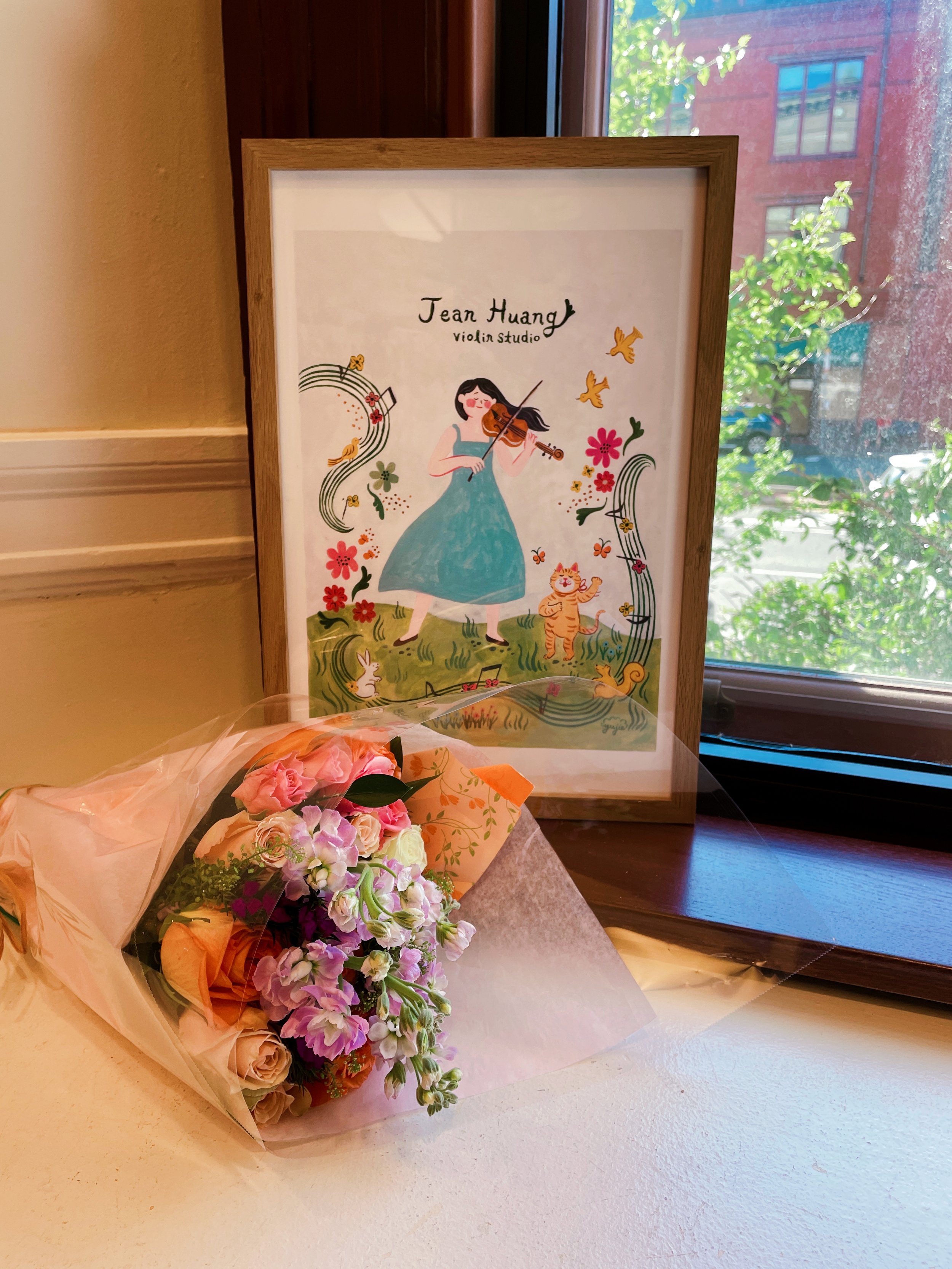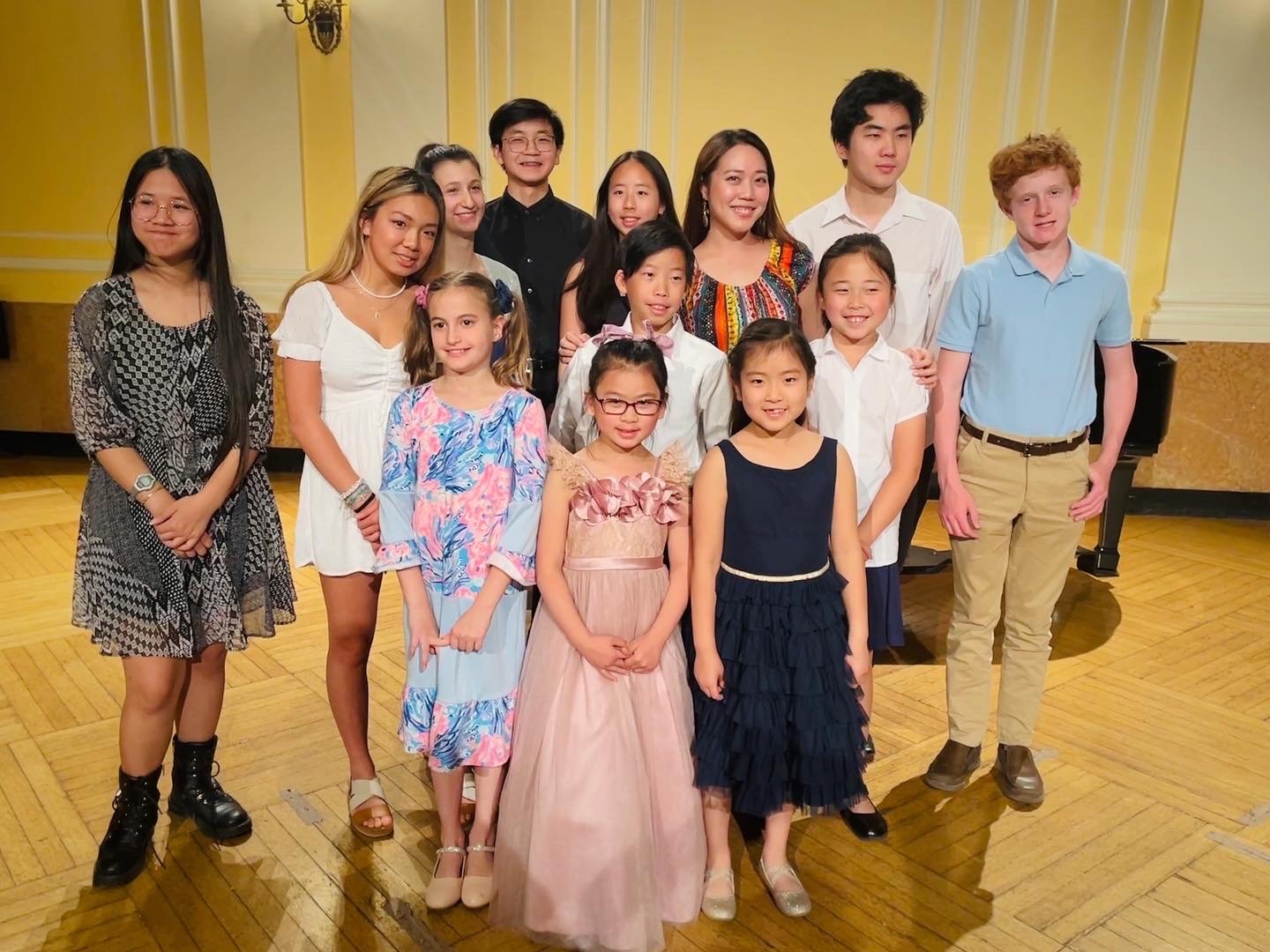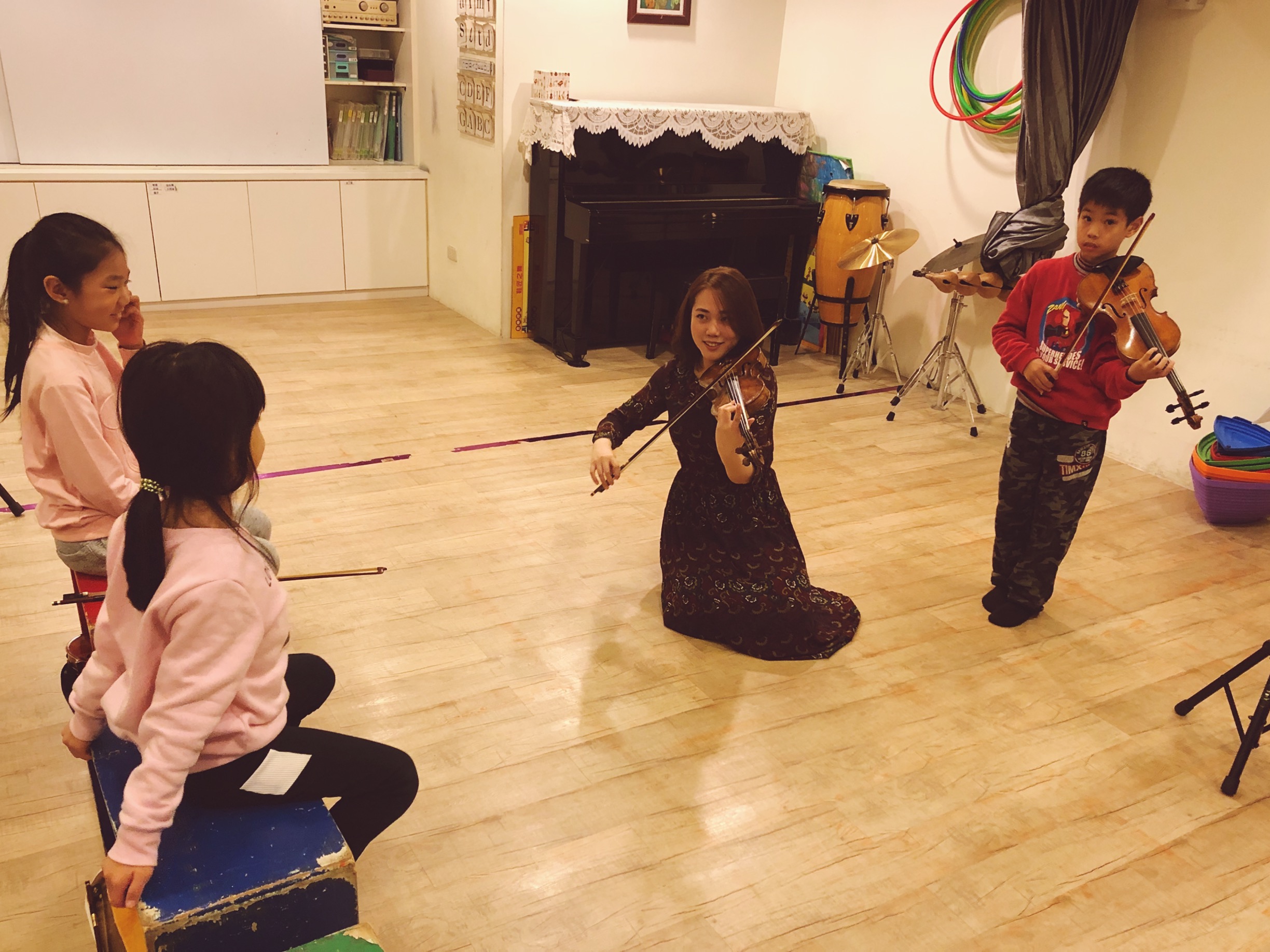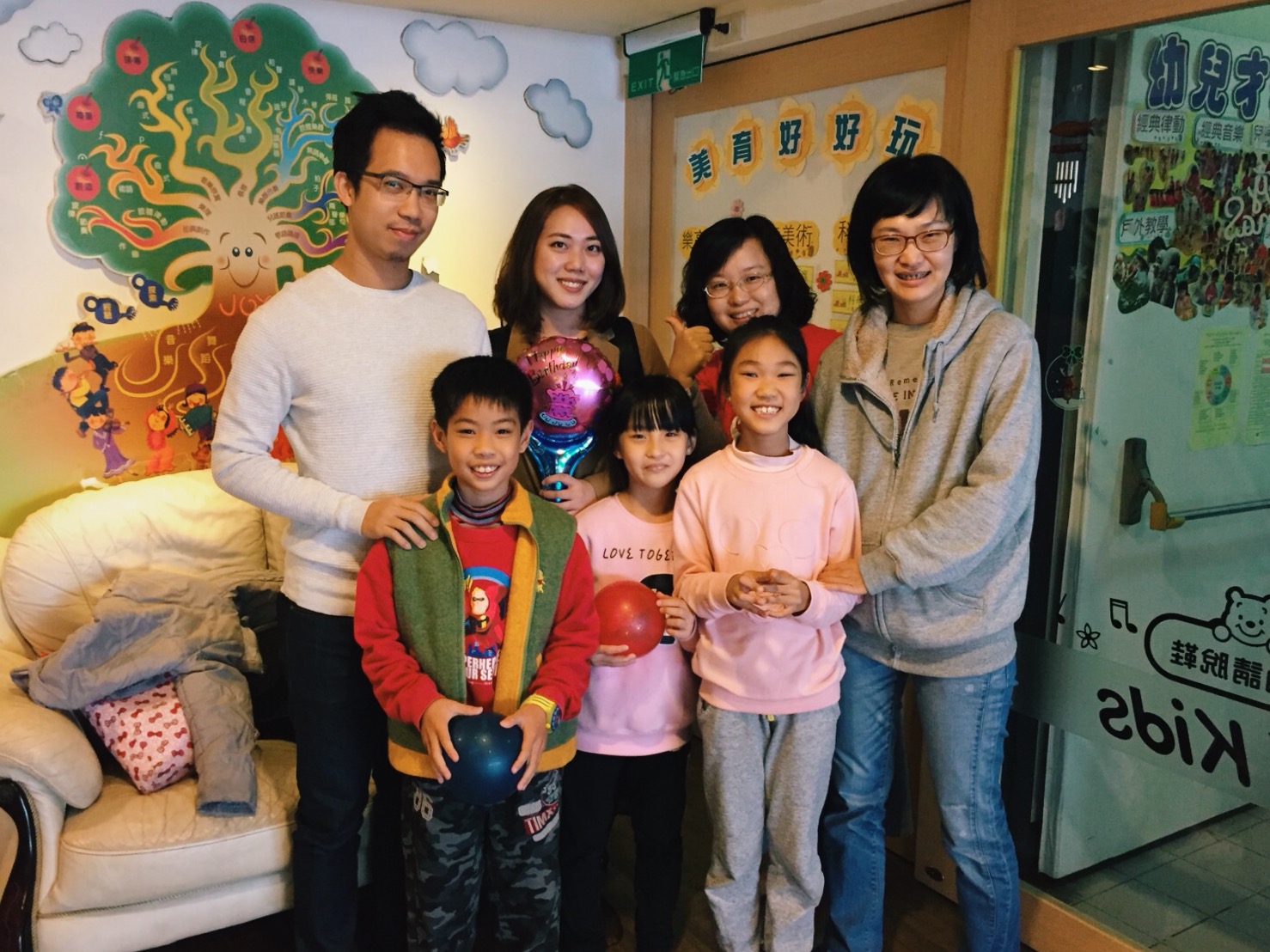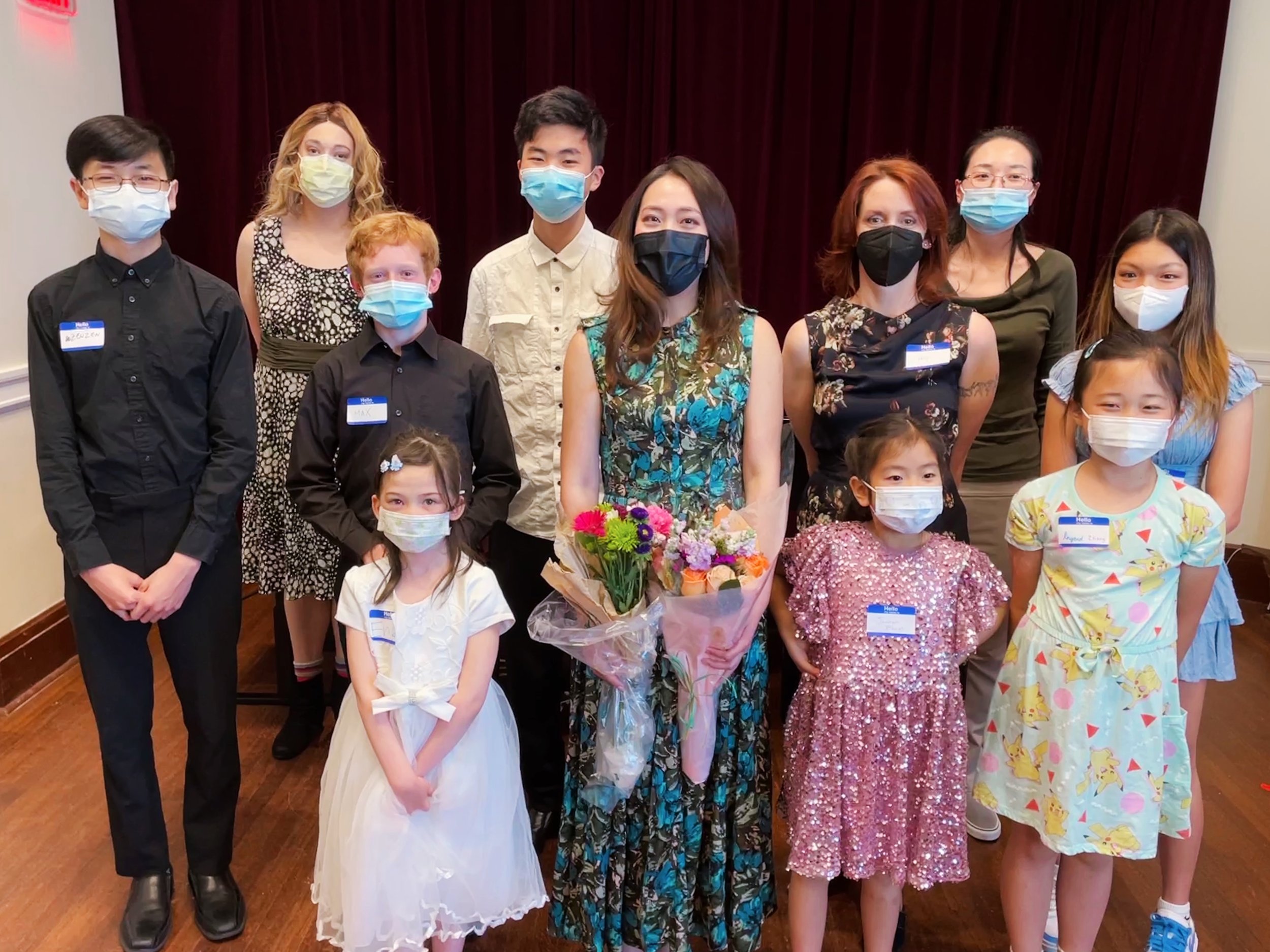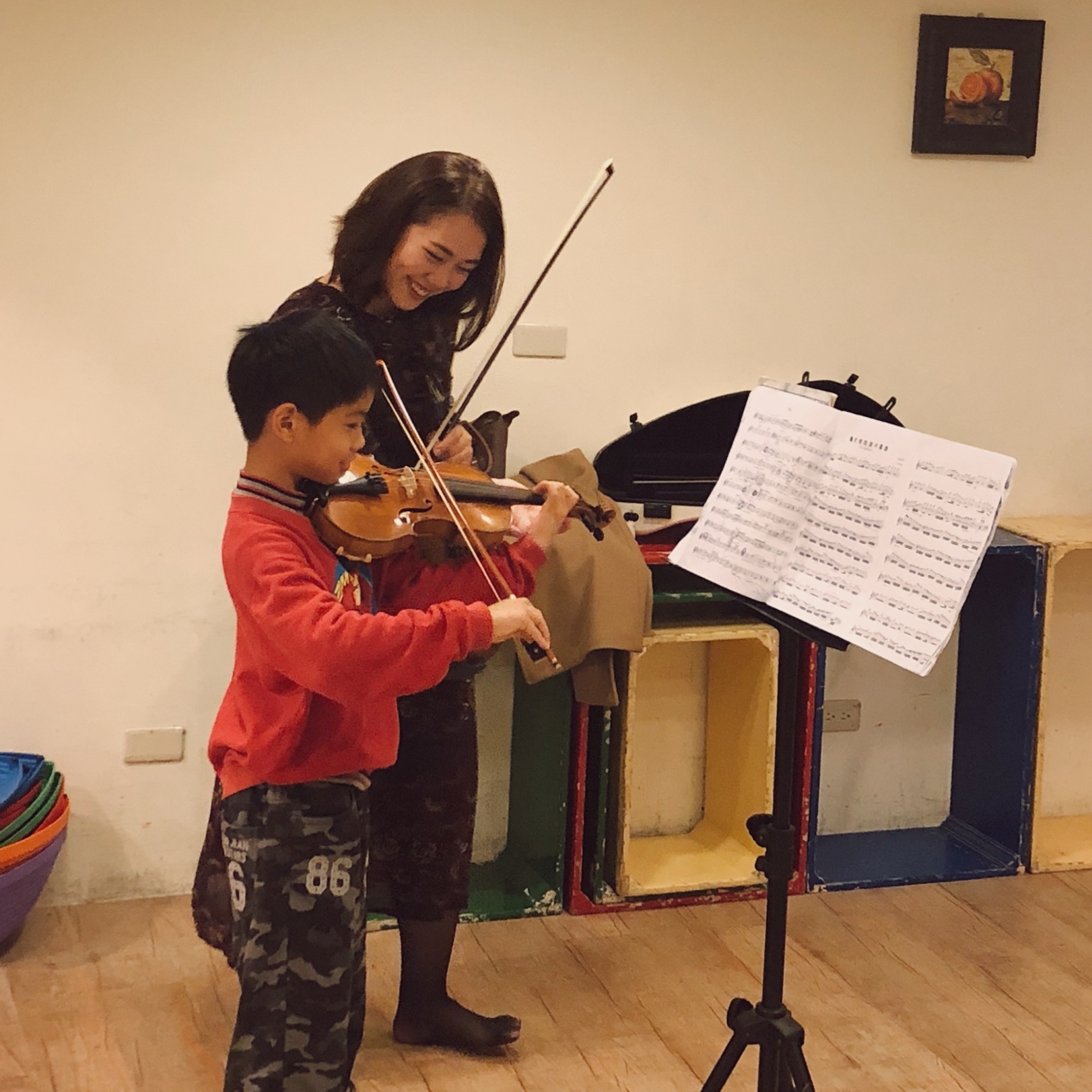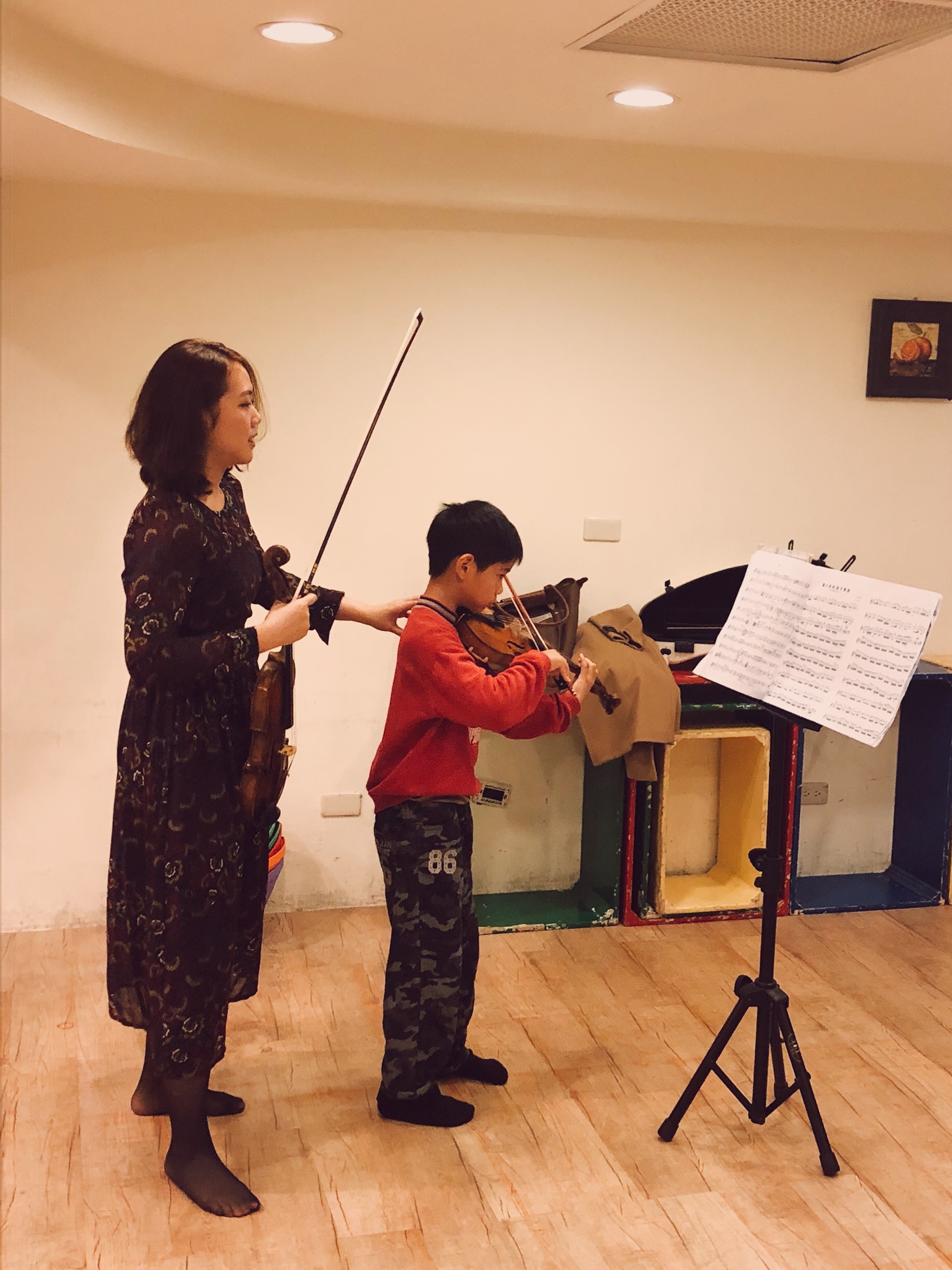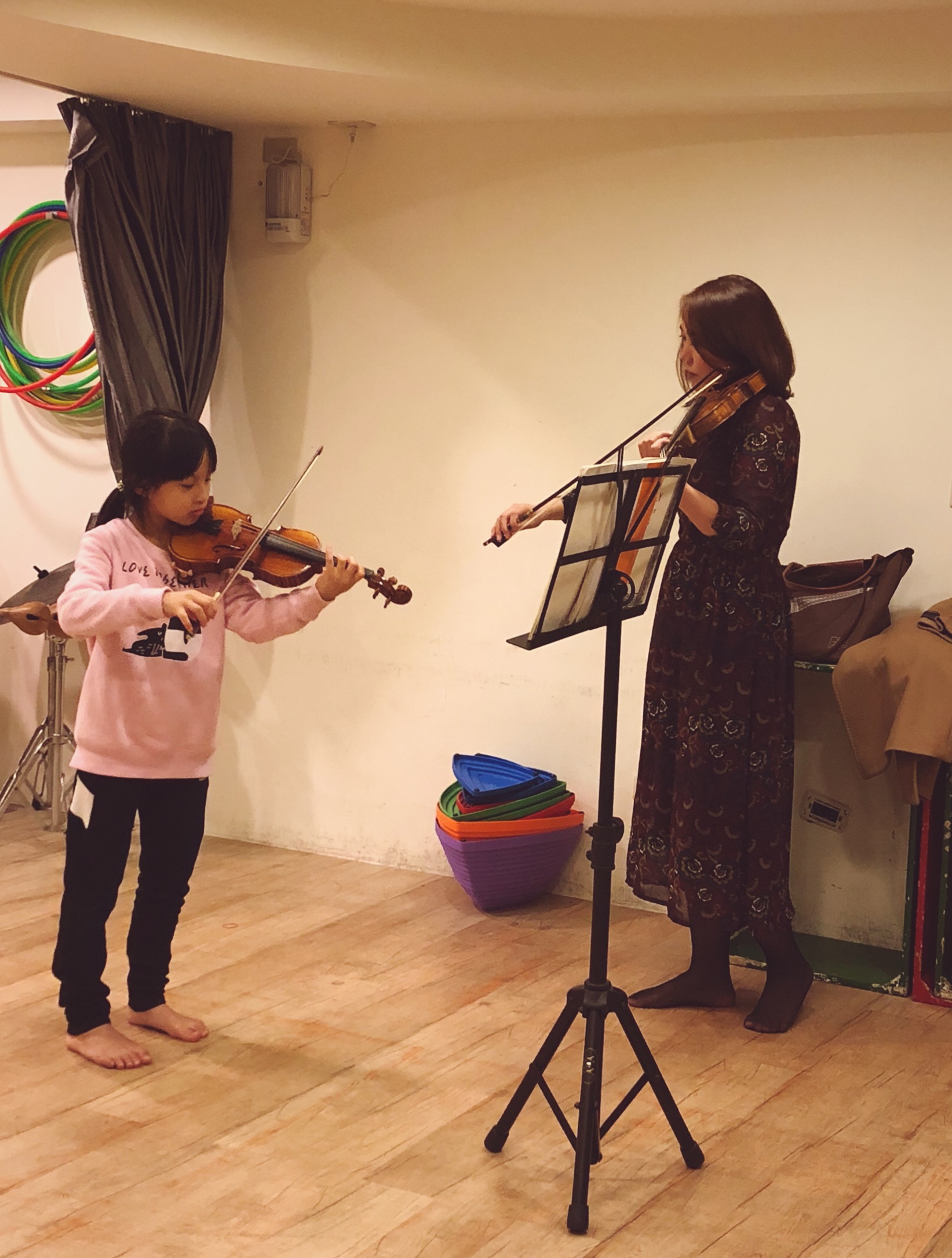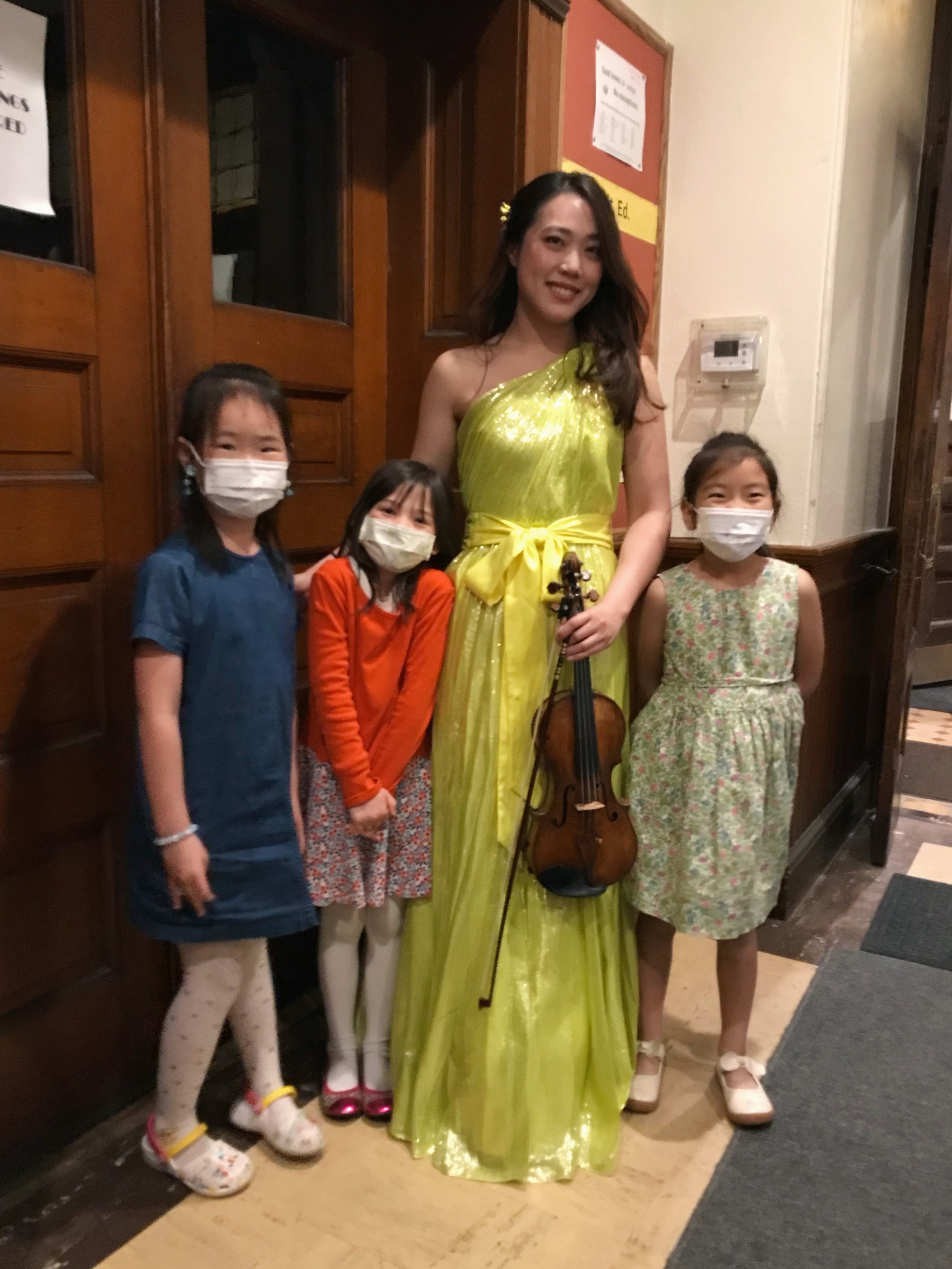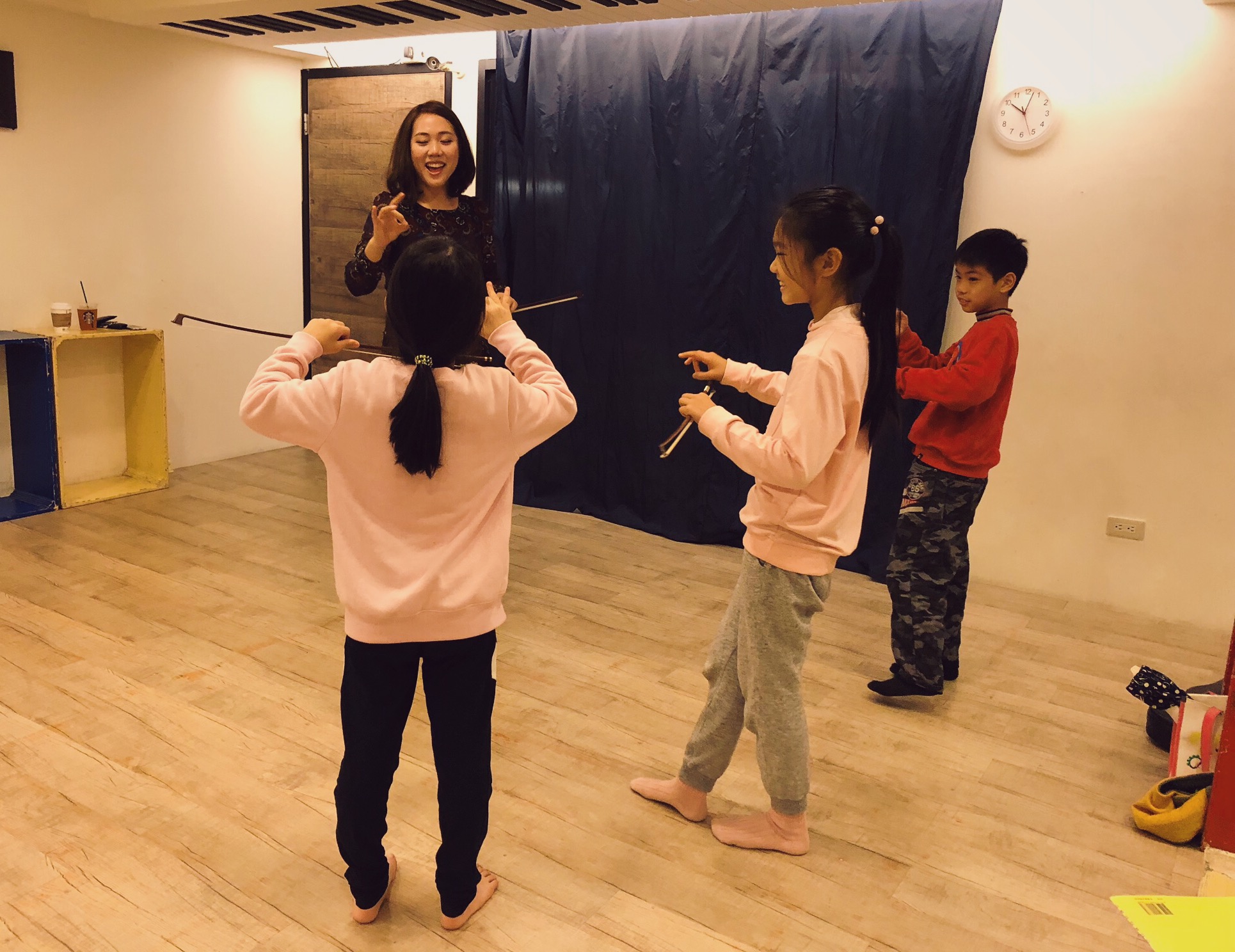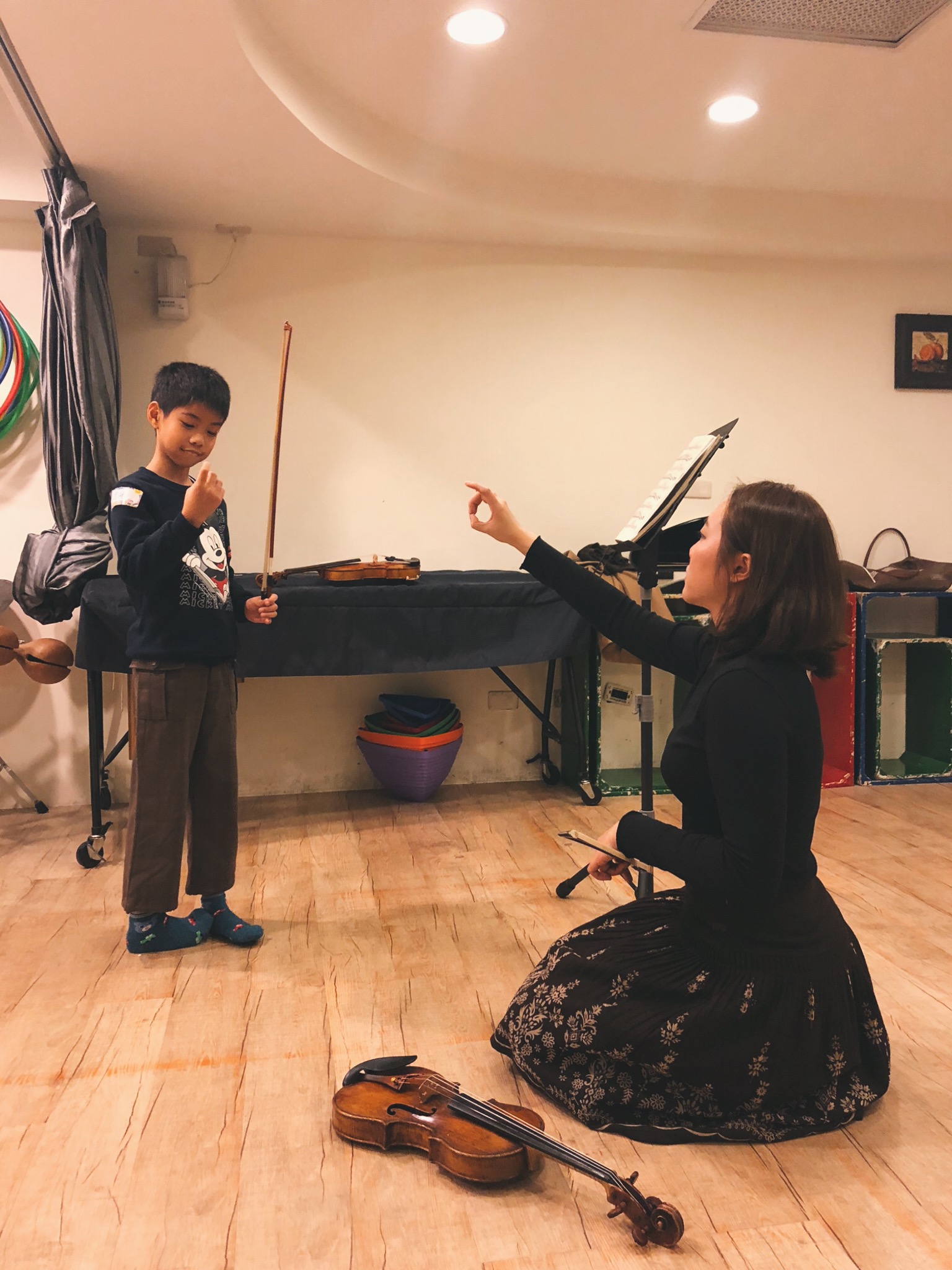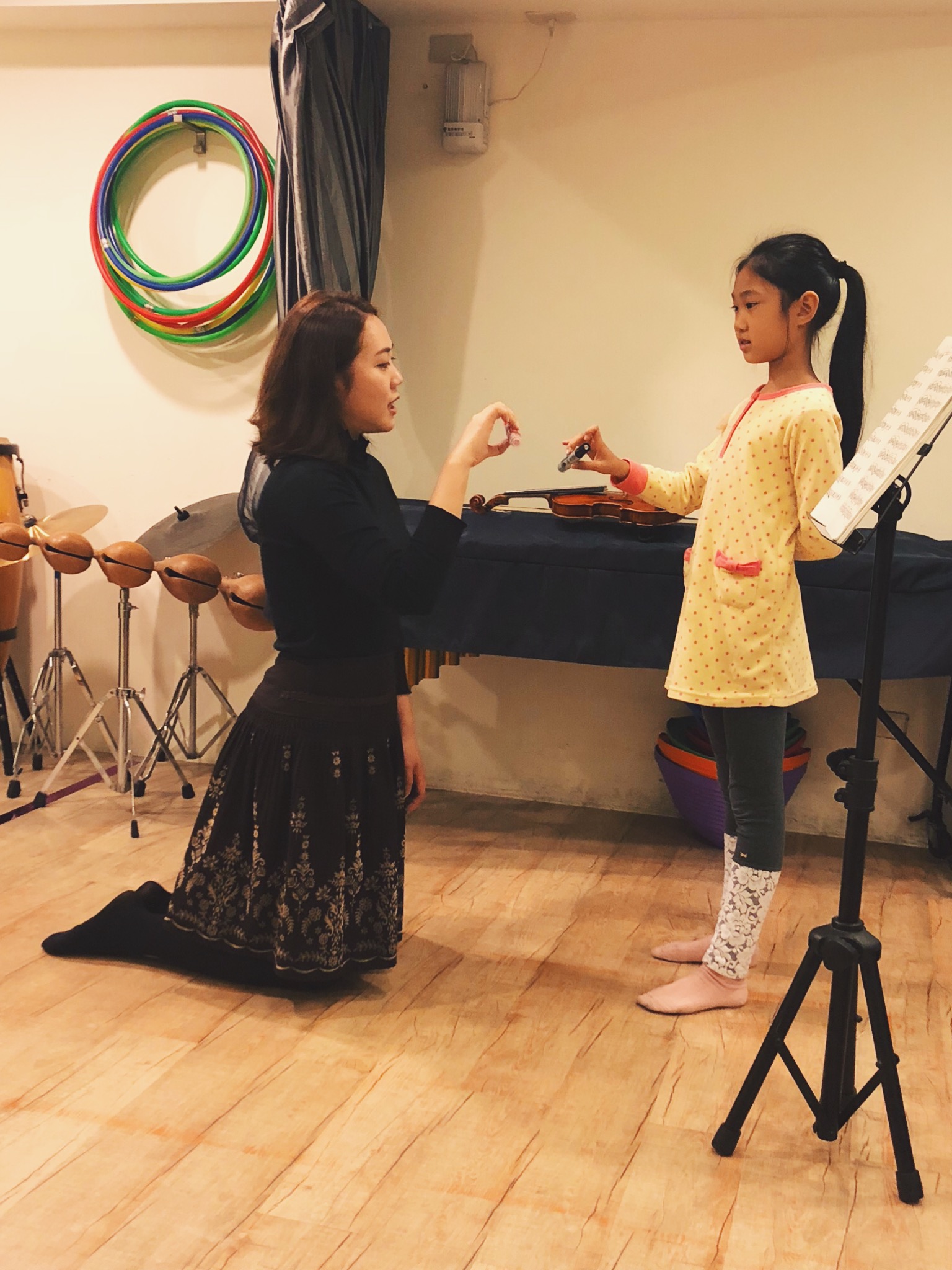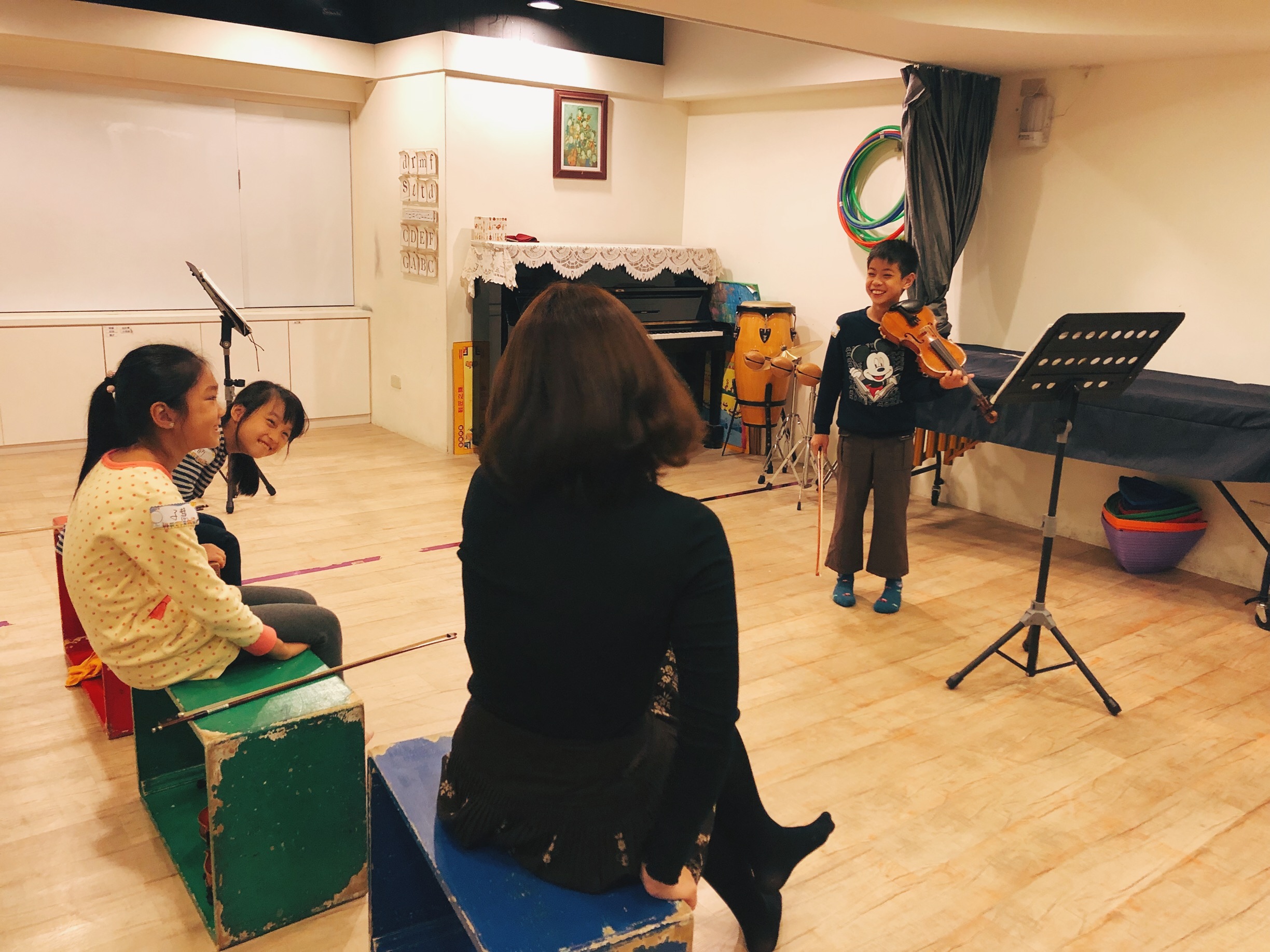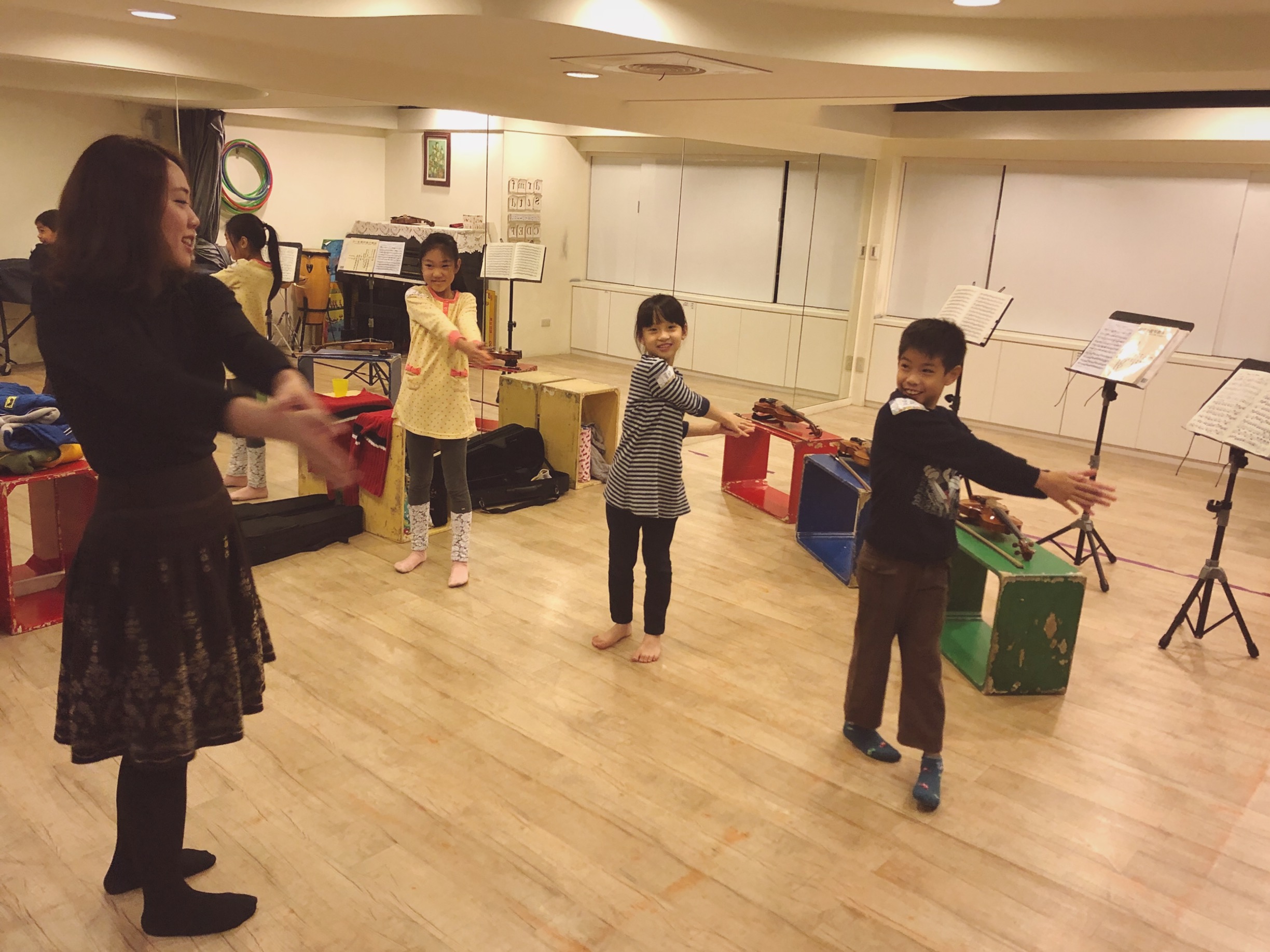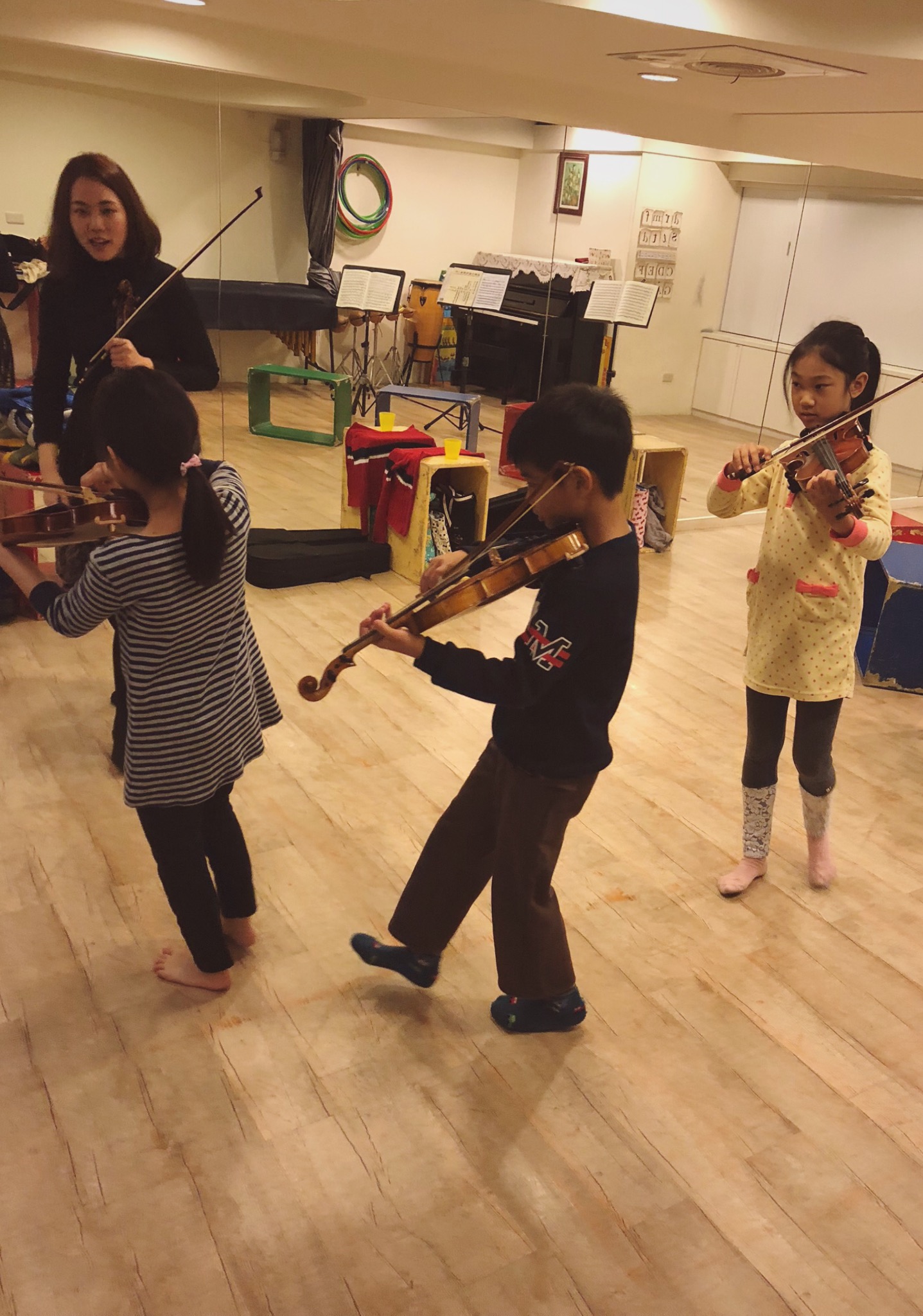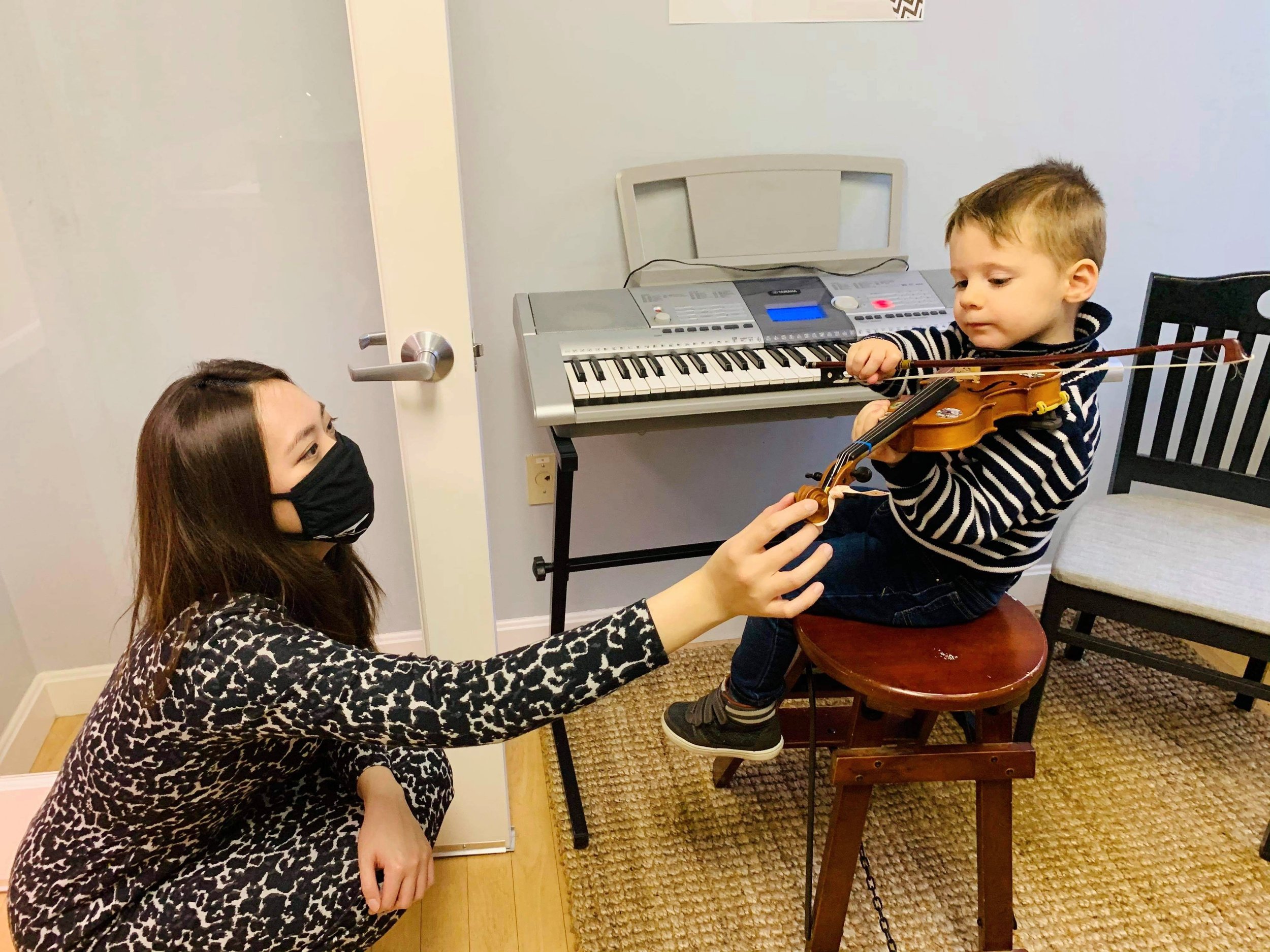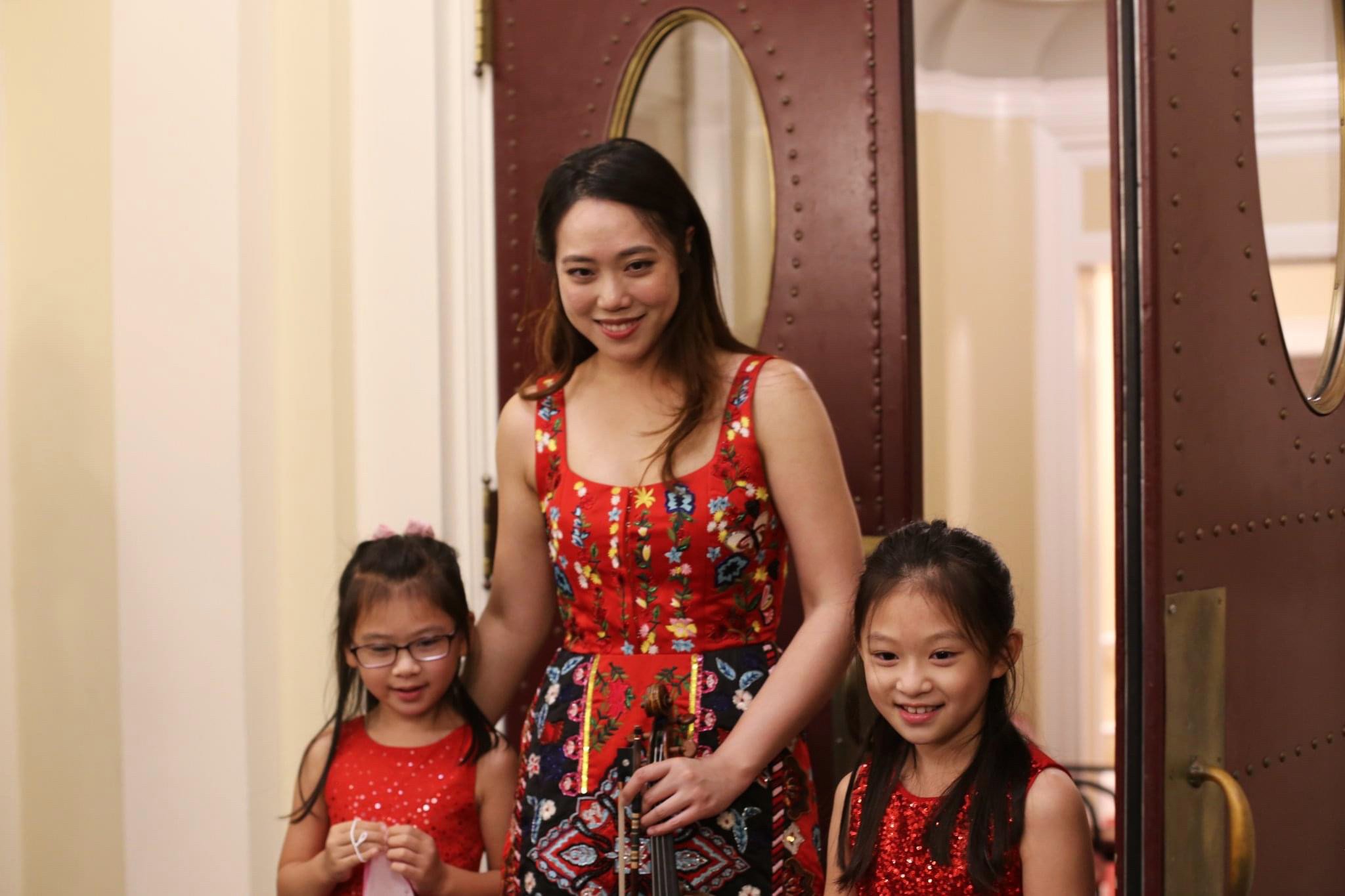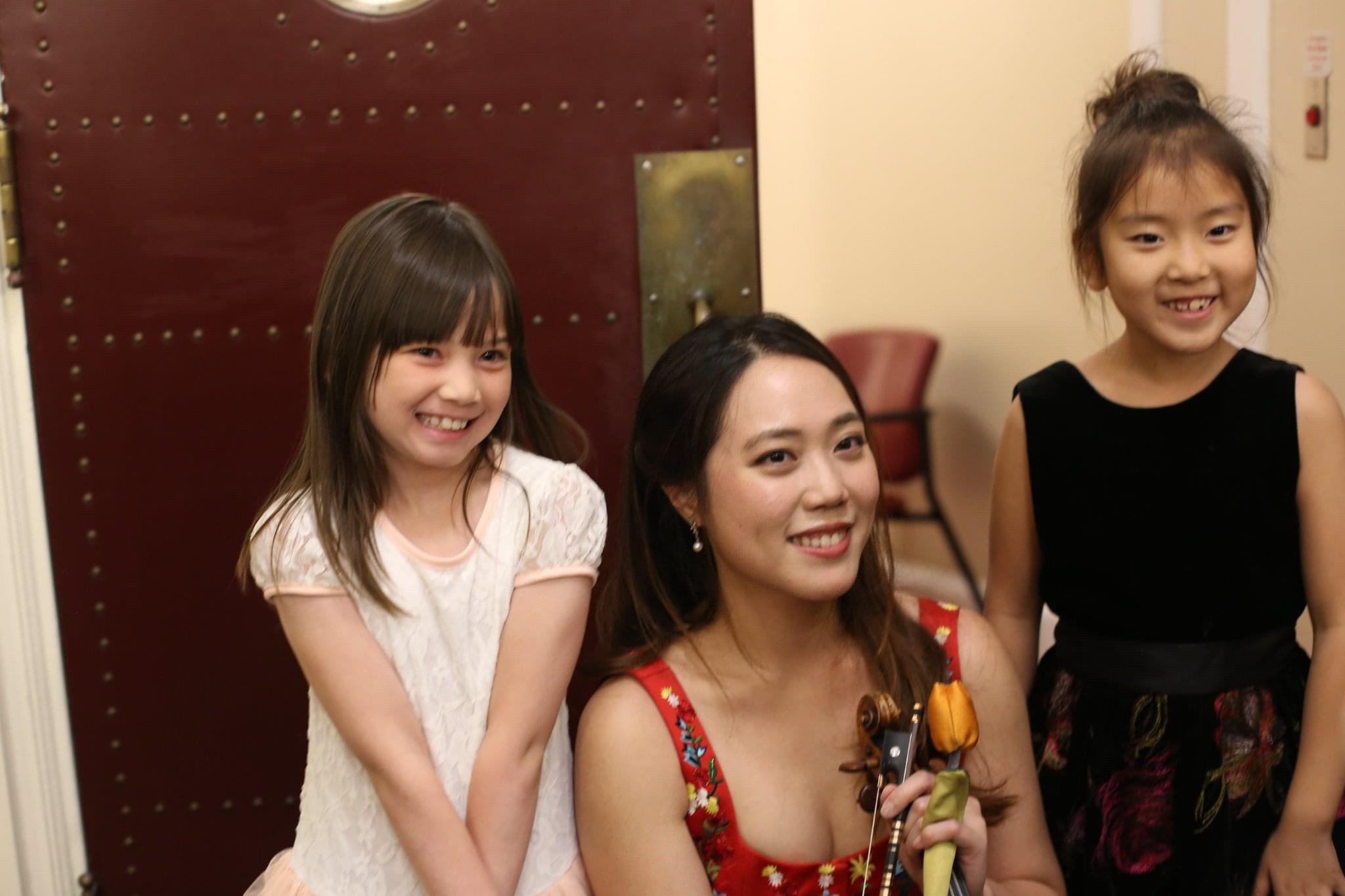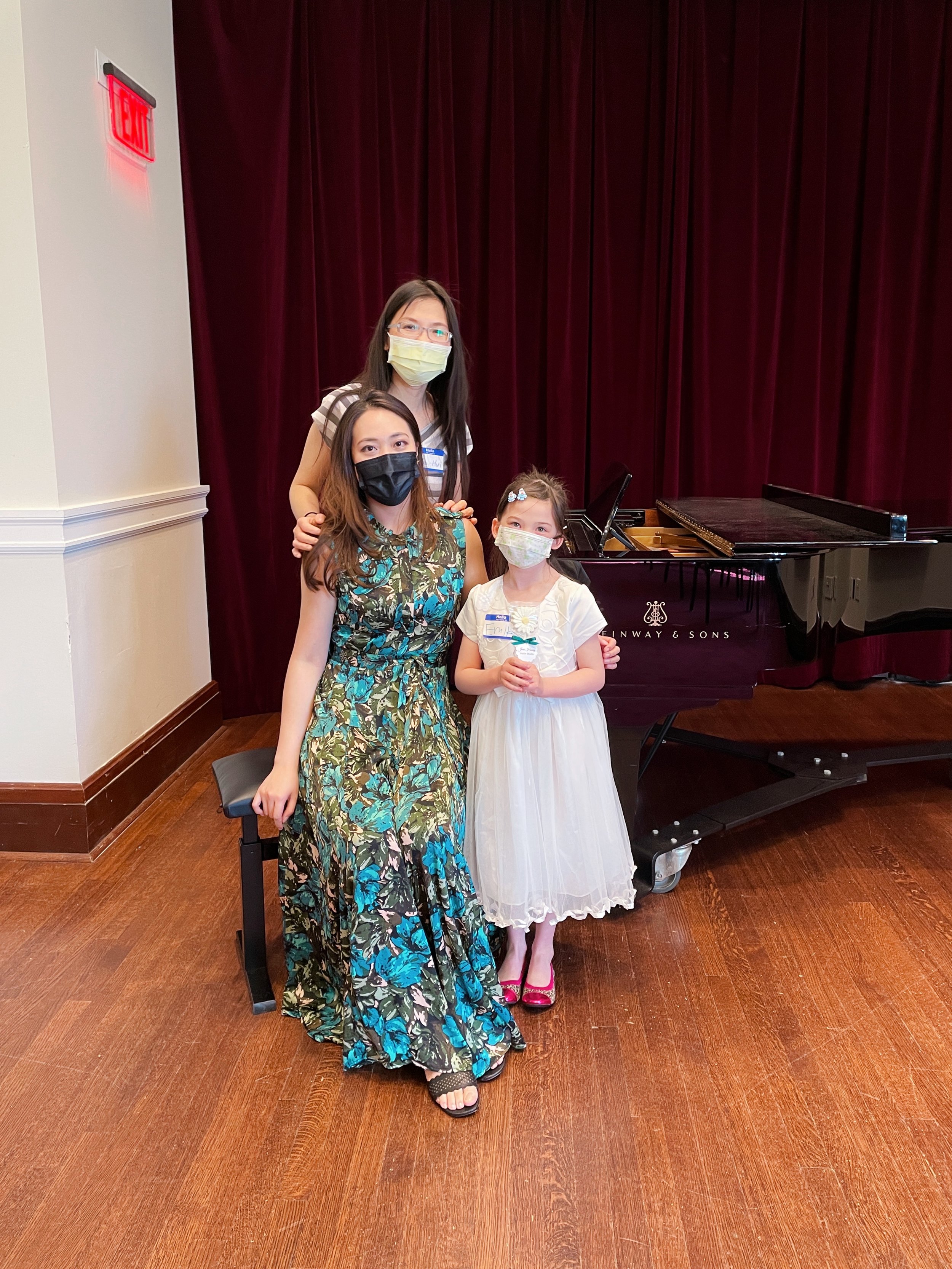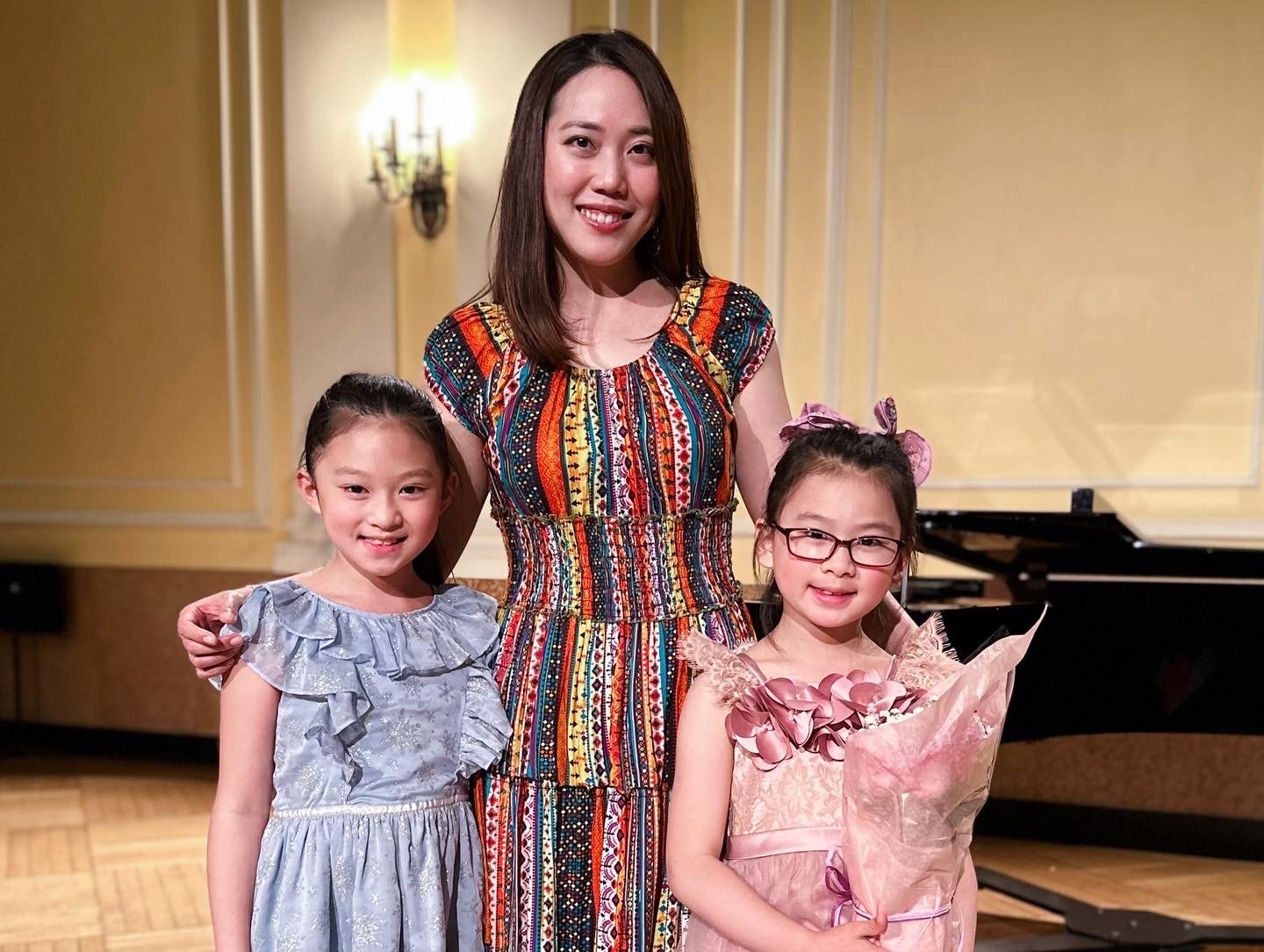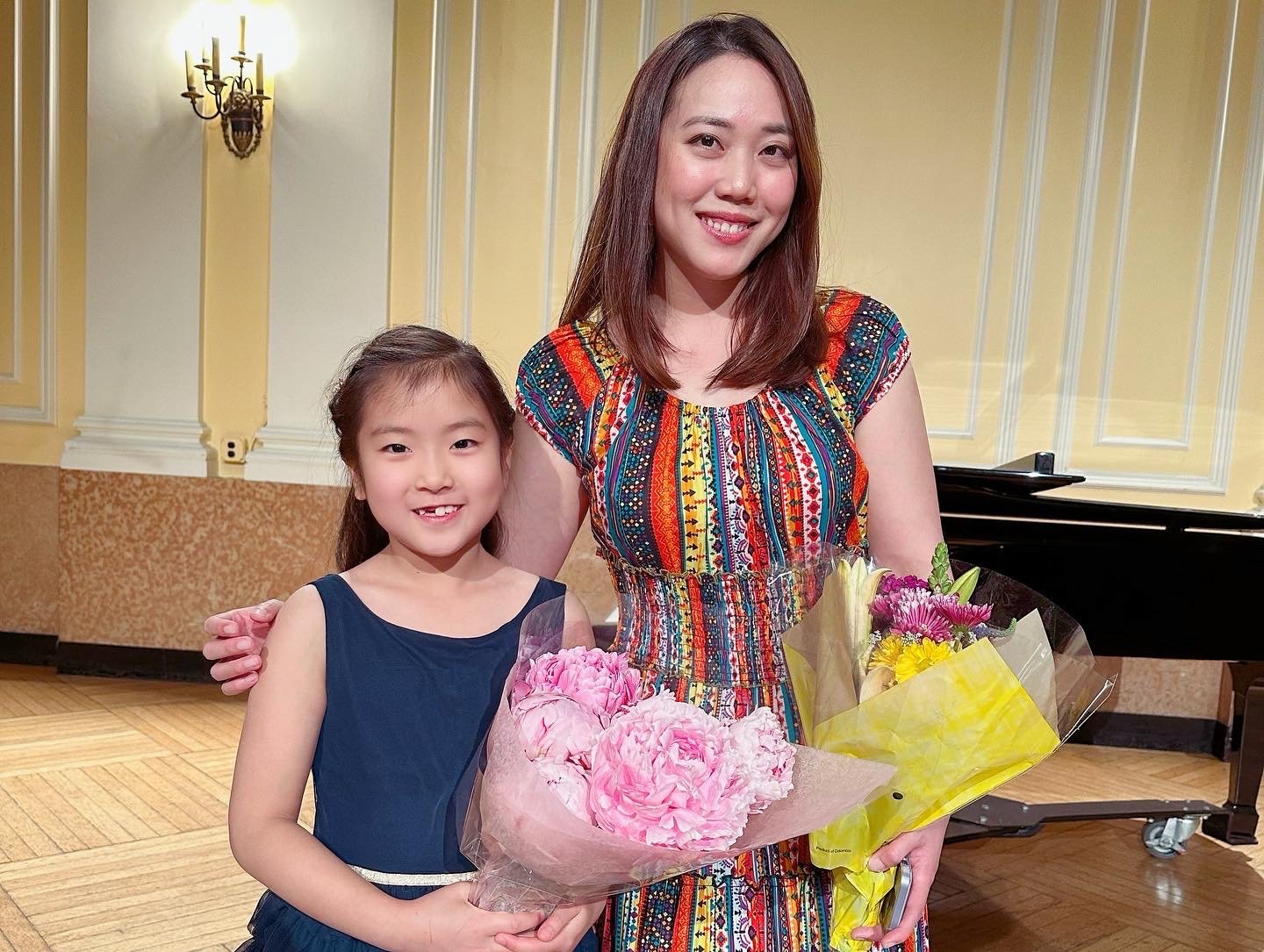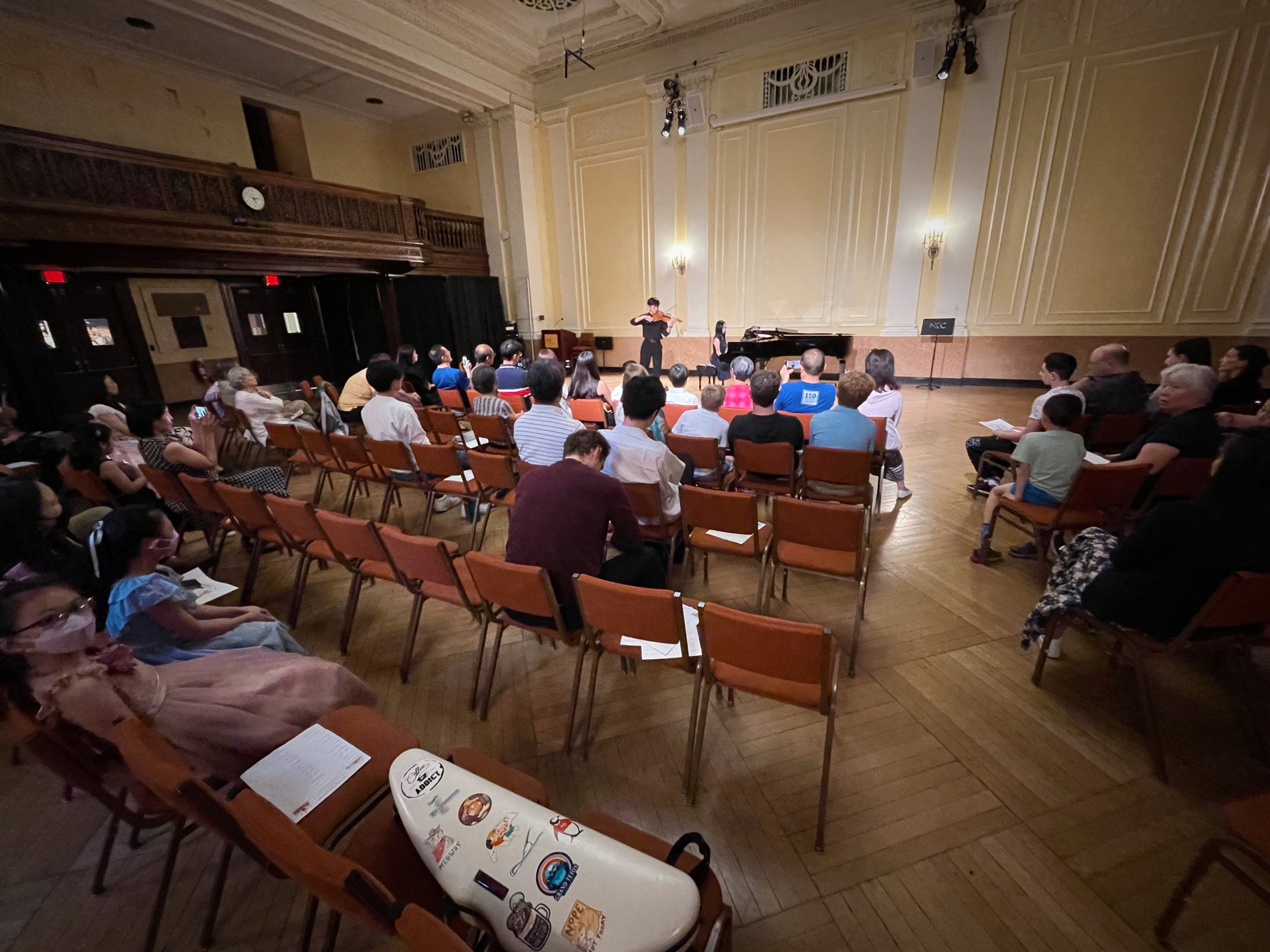Dr. Huang has served as a teaching assistant at the Walnut Hill Summer Music Festival held by the Chinese Performing Arts Foundation since 2006. She has also had the privilege to work as James Buswell's teaching assistant at NEC, where she worked with undergraduate violinists. Wishing to share her immense depth of scholarly knowledge, she also worked as a teaching assistant in both the music history and music theory departments at NEC.
Dr. Huang currently maintains a private studio in Boston, with students ranging from six years old to adults. She also serves as the violin faculty at the New England Conservatory School of Continuing Education and preparatory school.
Teaching Philosophy
1. I encourage my students to be not only good violinists but also good musicians:
Focus on learning the character of the piece, such as the genre, the composer, the aesthetic preference of the time, the art movement of the period, thus finding the appropriate sound for specific pieces.
2. Good posture:
Good posture goes a long way. I learned from the Ivan Galamian school of violin playing (with a Franco-Belgium bow hold), which emphasizes the active role of right-hand fingers. To draw a resonant sound, it is also essential to feel the arm weight, using the back muscles and with the help of gravity to pull the string with our bow. I am also open to other violin schools of playing: my ultimate goal is to help my students find the most natural way to draw a beautiful, healthy sound.
3. Forming good practicing habits:
From the years of teaching, I notice the attention span amongst students is getting shorter and shorter, and I think practicing the violin is one great way of training our brains to get into a slow thinking process similar to reading. However, “Time is money,” we all need to learn to be the most efficient when spending time in our practice rooms. Therefore, I will help my students form practicing strategies and stress the importance of practice efficiency.
4. The importance of Basics:
I strongly recommend all my students start each of their practicing sessions by playing scales and arpeggios. I also will stress the importance of playing Etudes such as Sevcik, Dont op. 35 and 47, Kreutzer, Mazas, and then advance to Caprices such as Paganini, Wieniawski op. 8 and op. 10.
5. Healthy mindset:
My students will not be expected to be the competition winner or get into top conservatories. However, I am confident that along our musical journey, students in my studio will discover the art of practicing and find violin an excellent medium to express their emotions and apply what they experience in the practice rooms into real life.
6. The 3 Cs— Care, Confidence, and Compassion:
I encourage students to say yes to all performing opportunities. The preparation process starts from practicing performing in their practice rooms, playing for me in their weekly lessons, performing to their peers, to finally performing on stage. Through this process, students build confidence and understand their tendencies when being under pressure. I also would like to maintain a positive learning environment in my studio. Each of the students is to treat each other with care, help each other build confidence, and learn to express music through compassion.
